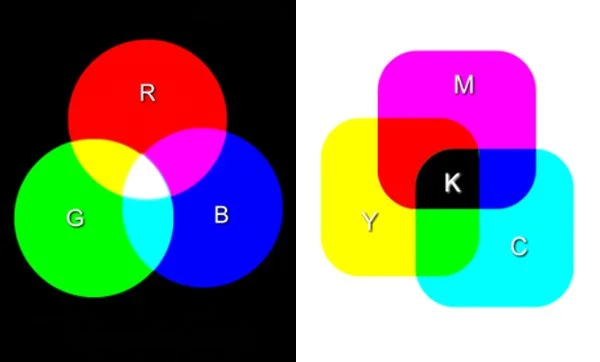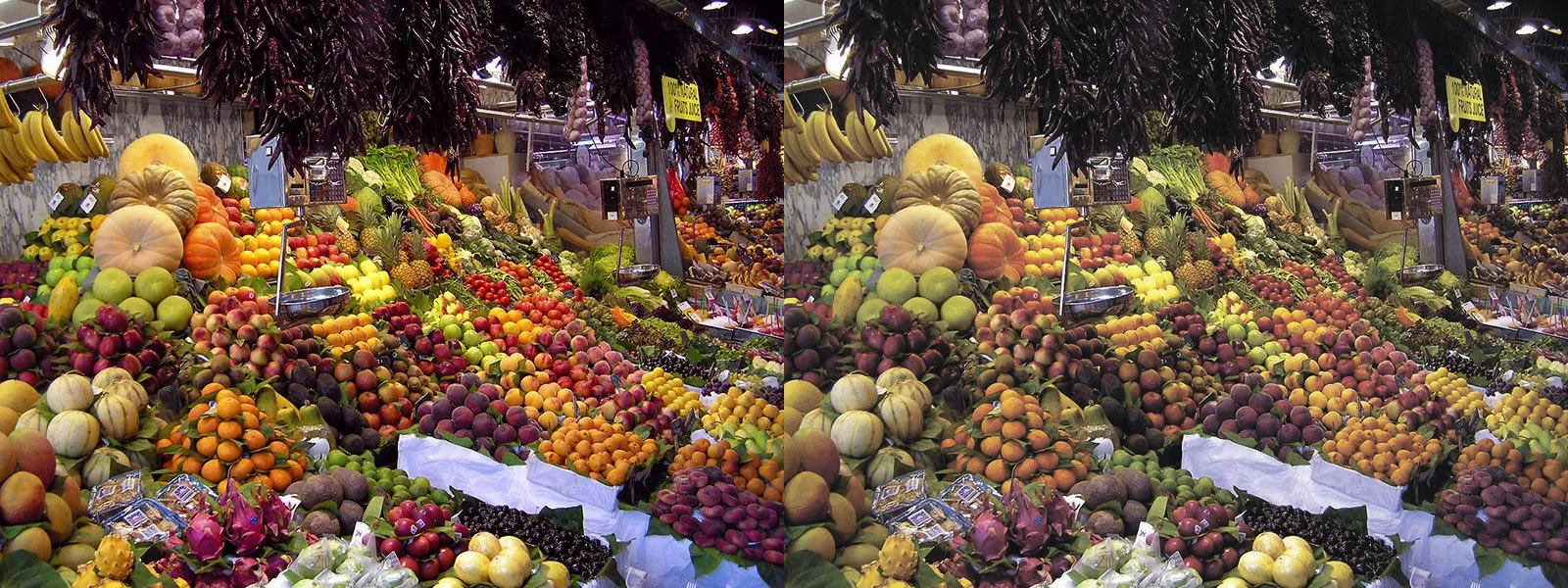Advertising with Dulcimer Players News
2024 Dulcimer Players News Ad Guide
(rates, sizes, discounts, etc. - click above to view and download)
For additional information, inquiries, and to submit your ad, contact Fiona Potts at editor@dpnews.com or 402-681-3709.
Dulcimer Players News (DPN) is a high quality, professionally designed, full color print magazine published four times per year, in February (Winter), May (Spring), August (Summer), and November (Fall), and mailed to nearly 1000 subscribers (and counting!).
Started by Phil Mason in 1975, DPN has been connecting the dulcimer community for nearly 50 years. It is an irreplaceable resource for dulcimer enthusiasts.
Our readership is filled with good people who love good music - from those looking for their first instrument to seasoned professional musicians. As the only magazine dedicated to mountain and hammered dulcimers, we offer a unique opportunity for targeted advertising.
Readers think of DPN as the "who's who" of the dulcimer community. Builders, stores, and performers gain name recognition with regularly appearing ads.
For festivals, it may be more practical to place smaller ads throughout the year and a larger ad before the registration deadline.
Digital Advertising Opportunities
A digital edition of Dulcimer Players News will be launching in 2024.
In addition to hosting the digital editions of the print magazine behind a membership-based paywall, the new digital home will be a repository for many free resources, including:
articles from out-of-print back issues, reformatted for publication online;
PDFs of out of print back issues organized by volume;
the Festival & Workshop Guide, an up-to-date list of dulcimer-related festivals (including select folk and old-time festivals, both online and virtual);
the Club Directory;
the Virtual Jam List;
the Tab and Music Library;
and more!
Email Fiona Potts at editor@dpnews.com for details about the digital edition and how to preview the new site before launch!
Advertisers in each print issue of DPN will have the opportunity to have their logo placed in the “Our Supporters” section of the corresponding digital issue. The logo will be hyperlinked to a webpage of the advertiser’s choice. Send logos to editor@dpnews.com. PNG format with transparent background preferred.
Additional opportunities for online advertising are in development and will be announced when finalized. Advertiser benefits are subject to change as the website develops.
Volume 50
Schedule & Deadlines
Annual Discount Deadline: Dec. 15, 2023
See Ad Guide for discount details!
February 2024 (Winter) Issue
Printed and mailed early February
Space Reservation Deadline:
Dec. 15, 2023
Extended to Dec. 31, 2023
Ad Submission Deadline:
Dec. 22, 2023
Extended to Dec. 31, 2023
May 2024 (Spring) Issue
Printed and mailed early May
Space Reservation Deadline:
Mar. 15, 2024
Ad Submission Deadline:
Mar. 22, 2024
August 2024 (Summer) Issue
Printed and mailed early August
Space Reservation Deadline:
June 15, 2024
Ad Submission Deadline:
June 22, 2024
November 2024 (Fall) Issue
Printed and mailed early November
Space Reservation Deadline:
Sept. 15, 2024
Ad Submission Deadline:
Sept. 22, 2024
This page was last updated on Dec. 8, 2023.
More About Ad Design
We recommend working with a professional graphic designer, but we are including the following information to assist advertisers who want to go a DIY route. File specifications for advertisements in DPN are included in the Ad Guide.
RGB v. CMYK
And Why it Matters
RGB refers to color created by light and stands for Red, Green, Blue. It is used to create and describe colors on screens. The three lights create white light when combined.
CMYK refers to color created by pigment and stands for Cyan, Magenta, Yellow, and Key (or blacK), the four colors of ink used in printing, which add up to black.
RGB v. CMYK
This image illustrates how an RBG image (left) might appear when printed using CMYK colors (right).
RGB can create over 16 million colors on screens, and not all of them can be replicated exactly on paper using the four CMYK inks. RGB images may appear different when printed, particularly when using vibrant colors.
Not all design programs allow users to specify which colors are being used. Adobe Photoshop, Illustrator, and InDesign do, but Adobe Express does not.
Canva offers CMYK brand colors and a CMYK export option only to premium members.
PPI and DPI are two measures of image resolution, but like the difference between RGB and CMYK, the difference between PPI and DPI is between digital images and printed images.
PPI is used for digital images and stands for pixels per inch. The higher the PPI, the higher the resolution. Lower resolution images contain large pixels in fewer numbers. Higher resolution images contain smaller pixels in greater numbers.
DPI stands for dots per inch and refers to the number of actual physical dots of CMYK ink on a printed page. The higher the DPI, the higher quality and more detailed the image.
For screens, a resolution of 72 PPI is standard, balancing detail with image loading time. For print, however, a resolution of at least 300 DPI is required to look crisp and detailed.
So, how to go from PPI to DPI? The conversion is usually 1:1, so multiply the printed dimensions by the desired resolution. For example, to calculate the dimensions of the Third Page ad: 4.9 x 4.9 inches x 300 DPI = 1470 x 1470 pixels.
For more details about PPI visit adobe.ly/3QWfUMH.
For more details about DPI visit adobe.ly/49zByh2.
Trim, Bleed,
and Live Area
These terms are only relevant to ads and images that run to the edge of the page, e.g. full page ads and the back page ad.
No printer is capable of printing all the way to the edge of a sheet of paper. Instead, everything is printed onto a page larger than the final result, and the excess is trimmed off.
Even professional printers cannot guarantee 100% perfect alignment for every trimmed page. To prevent unprinted areas from showing up after the trim, printed matter must run farther than the final intended trim size. This extra margin for error is known as the bleed.
The trim size for DPN is 8.5 x 11 inches.
The bleed for DPN is 0.125 inches (⅛”).
Full Page ads must be submitted as 8.75" x 11.25" (bleed on all sides). Back Page ads must be submitted as 8.75" x 8.625" (bleed on left, bottom, and right).
The live area is the “extra safe” area on a printed page. The live area for DPN is a quarter inch in from the trim size. It is recommended that all critical information remain within the live area, however, with the advent of more modern and precise printing practices this is a less necessary consideration.



